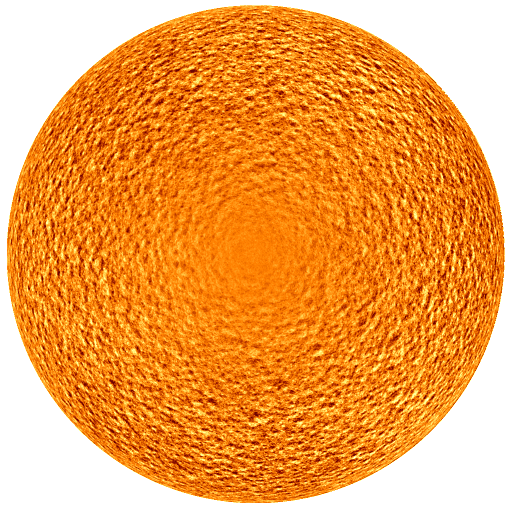 Michelson Doppler Imager (MDI) Main Page.
Michelson Doppler Imager (MDI) Main Page.
 Michelson Doppler Imager (MDI) Main Page.
Michelson Doppler Imager (MDI) Main Page.
The results are reported by Laurent Gizon, Tom Duvall and Jesper Schou
in the paper "Wave-like Properties of Solar Supergranulation"
published in the January 2 issue of the journal Nature (vol. 421, pp. 43-44, 2003).
Erratum: the units on the x-axis of Fig. 1 should be microHz.
You may download a preprint of the paper in postscript or pdf format. The paper includes figures.
The NASA press release (including movies and images) is at http://www.gsfc.nasa.gov/topstory/2003/0102wave.html
The ESA press release (including movies and images) is at http://sci.esa.int/
See also SOHO Hot Shot.
Additional documents can be downloaded at
http://soi.stanford.edu/press/Nature_2Jan03 (this page).
Past MDI press releases can be found at
http://soi.stanford.edu/press/
SOHO is a mission of international cooperation between
ESA
and NASA.
 Solar and Heliospheric Observatory (SOHO) Main Page.
Solar and Heliospheric Observatory (SOHO) Main Page.
The following images and movies help understand the results.
| Topic | Sample Image | Image or Video links | Notes |
|---|---|---|---|
| MDI/SOHO movie of solar supergranulation |
 |
MPEG |
Supergranules are large convection cells. The "smooth" area near the center of the images is where the supergranules do not contribute to the signal: their motion is mostly horizontal and MDI measures only the component of motion directed towards or away from SOHO. Supergranules flow outwards from their centers, with a typical velocity of 400 m/s. |
| Animation showing travelling-wave convection |
 |
GIF |
Although there is no net plasma flow in any direction, the pattern appears to propagate to the right of the picture. This animation illustrates how the super-rotation of superganules is really just an illusion. |